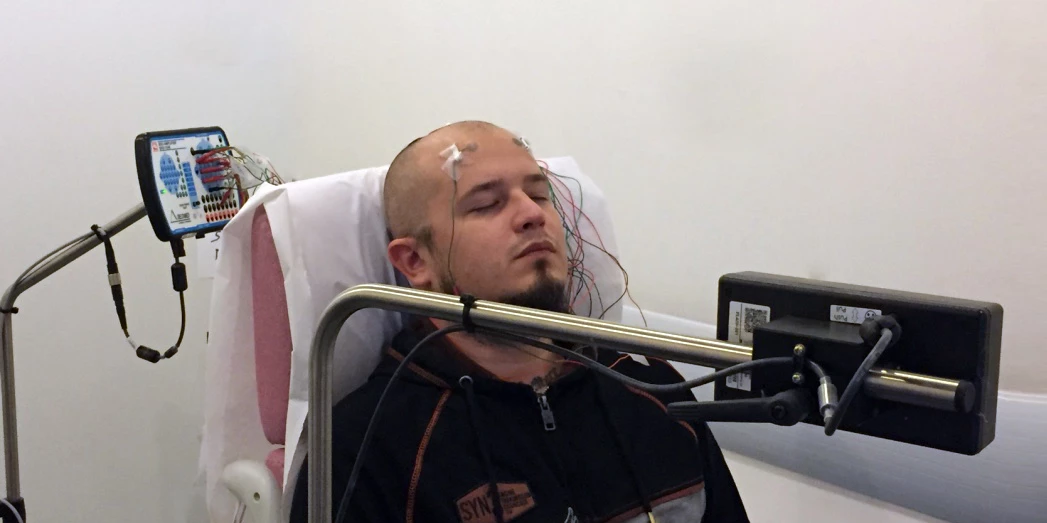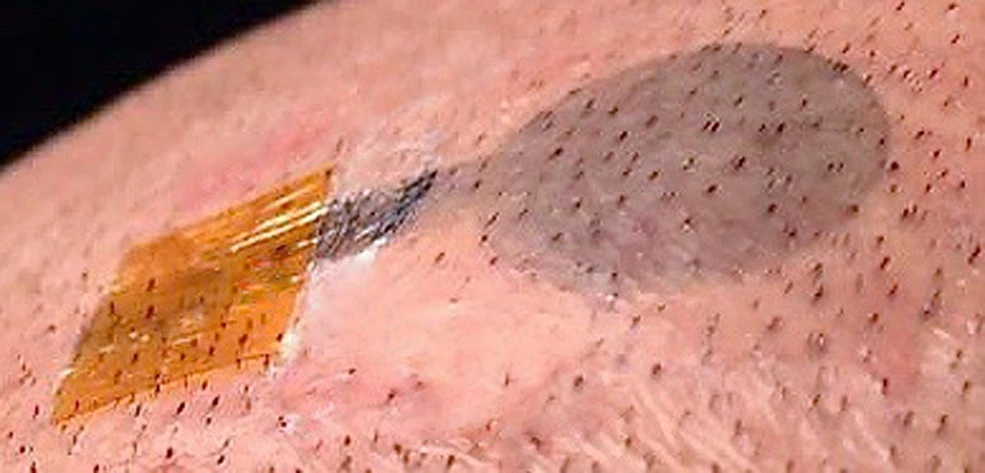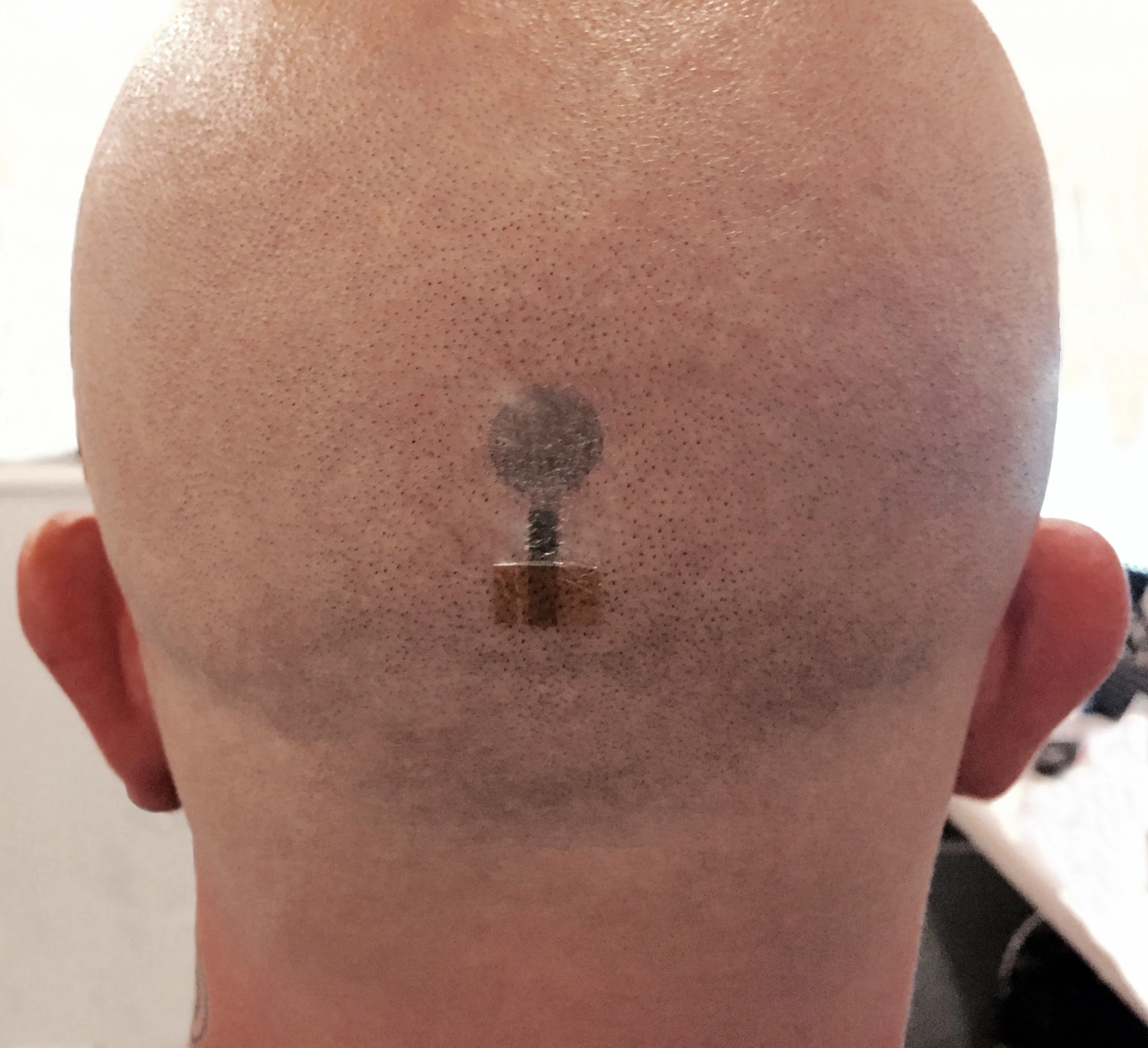European engineers have optimized a novel technology using temporary tattoo electrodes to record electroencephalography (EEG) brain activity. The technology is cheap, can be produced using an inkjet printer, and delivers EEG measurements as accurately as traditional electrodes.
Two years ago the technology, developed initially in 2015, was demonstrated effective at recording electrocardiography (ECG) and electromyography (EMG) data. Now, with further optimization, the tattoo-styled electrodes can capture EEG signals.

"Brain waves are in the low frequency range and EEG signals have a very low amplitude,” explains Laura Ferrari, one of the authors on the new study. “They are much more difficult to capture in high quality than EMG or ECG signals.”
The tattoo electrodes are created using conductive polymers that can be printed through a standard inkjet printer. Clinical tests found the new technology to be as effective in measuring EEG signals as conventional electrodes, which require time-consuming application by highly trained individuals. Their application also requires a wet conductive gel, which progressively dries out within a few hours, making consistent measurements over a long period of time unreliable.

The new electrodes offer accurate and stable skin contact that can be maintained over long periods of time when frequent EEG measurements may be needed. Francesco Greco, one of the originators of the electrodes from the Graz University of Technology, suggests the innovation is cheaper than traditional wet electrodes, and significantly more comfortable.
"Due to inkjet printing and the commercially available substrates, however, our tattoos are significantly less expensive than current EEG electrodes and also offer more advantages in terms of wearing comfort and long-term measurements in direct comparison,” says Greco.
The researchers also claim the new optimized electrodes should be effective with magneto-encephalography (MEG) measurements. MEG data can often complement EEG measurements, offering highly localized brain activity data.
"With our method, we produce the perfect MEG-compatible electrode while reducing costs and production time," adds Greco.
The new study was published in the journal npj Flexible Electronics.
Source: TU Graz




